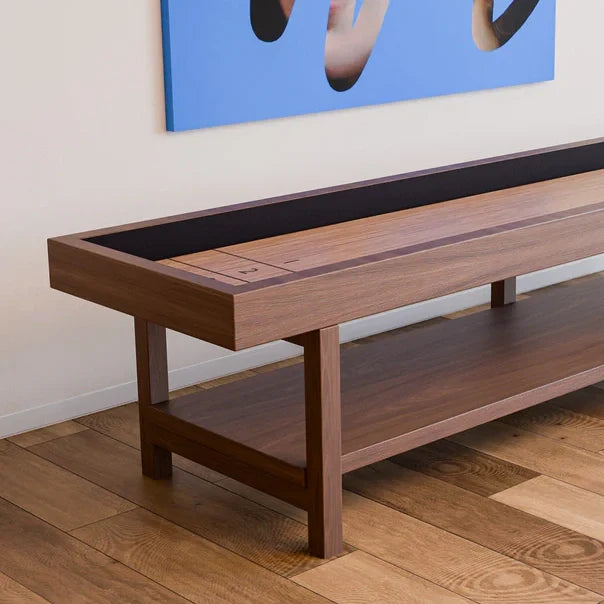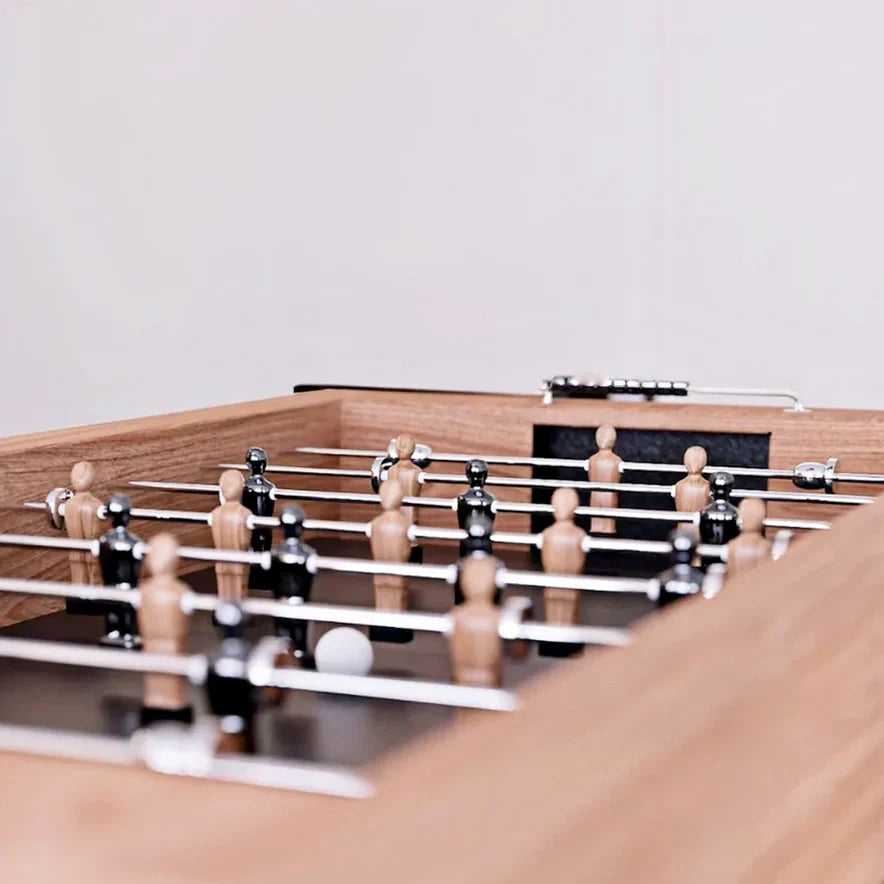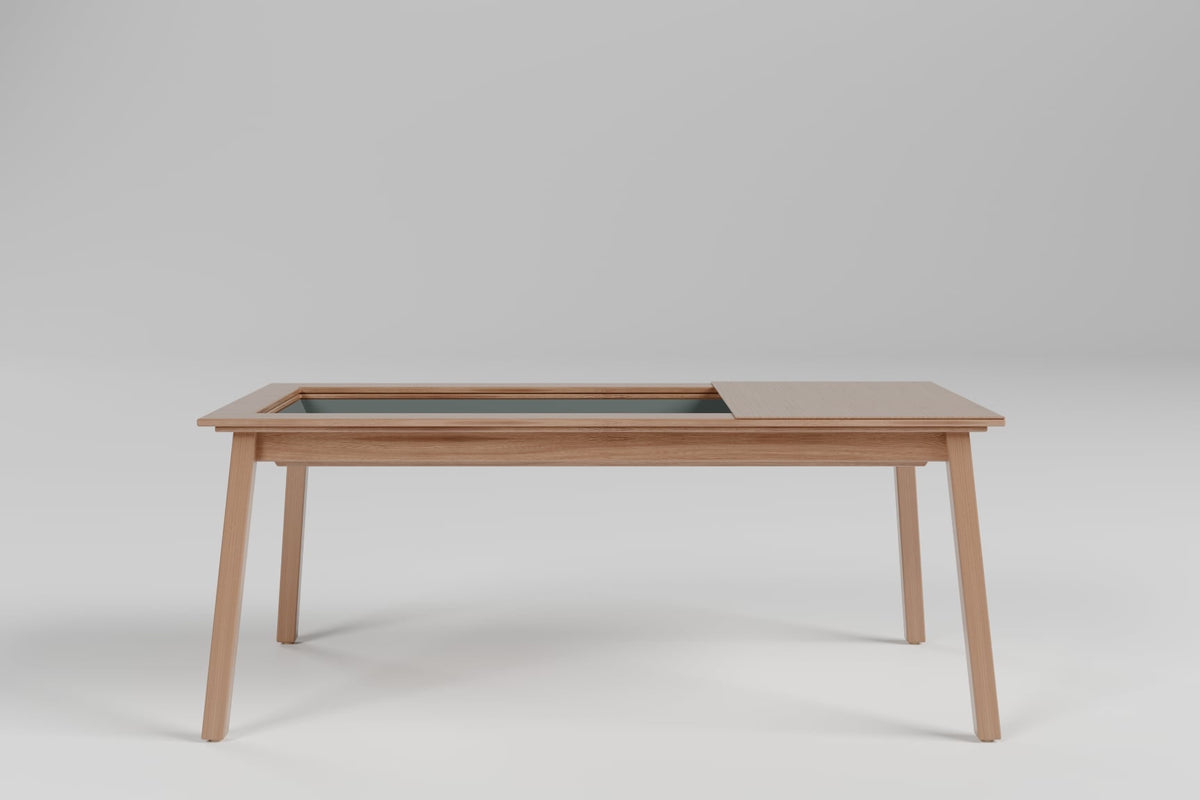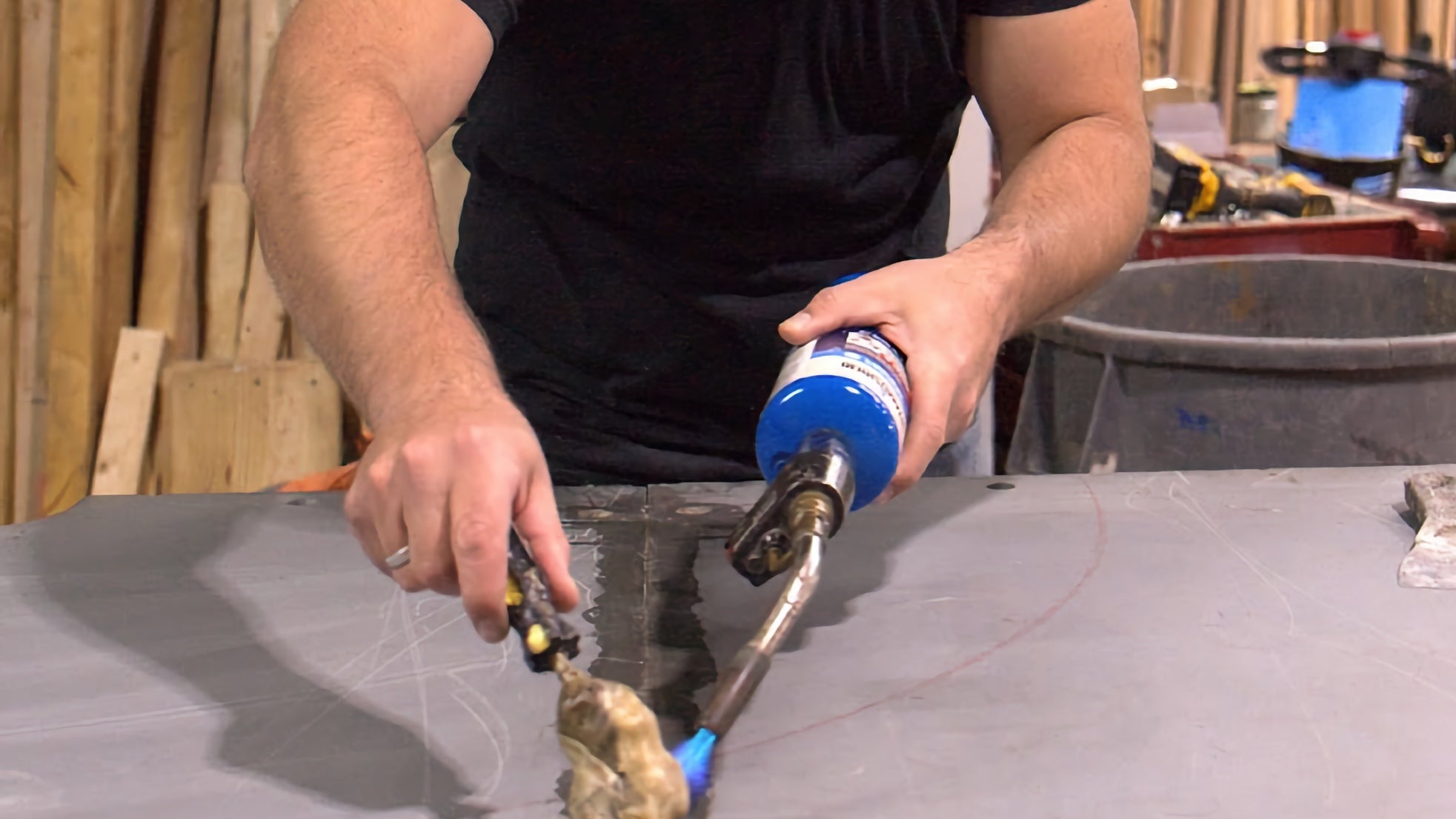When it comes to maintaining a pool table, sealing the seams between slate pieces is crucial for optimal gameplay. Two popular methods for this task are beeswax and Bondo. Each option has its unique advantages and disadvantages, making the choice dependent on your specific needs and preferences.
Overview of Beeswax and Bondo

Beeswax is a traditional sealing method that many enthusiasts still prefer for its simplicity and effectiveness. It is easy to apply, requires minimal tools, and offers a gentle approach that is less likely to damage the slate.
Bondo, on the other hand, is a two-part polyester putty commonly used in automotive repair. It is known for its durability and strength, making it a favored choice for those seeking a long-lasting solution.
Comparison of Beeswax and Bondo
| Feature | Beeswax | Bondo |
|---|---|---|
| Application Ease | Simple; requires minimal tools | More complex; requires mixing |
| Durability | Good, but may crack over time | Excellent; withstands heavy use |
| Repairability | Easy to remove | Difficult; can damage slate if mishandled |
| Cost | Typically under $10 | Similar price range |
| Ideal Use Cases | Casual play, easy maintenance | Professional setups, heavy use |
Advantages and Disadvantages
Beeswax Pros
Ease of use stands out as beeswax's primary advantage. It can be melted and applied directly into the gaps with minimal preparation, flowing well into seams and filling minor imperfections effectively. Being a natural product, it's gentle on slate and less likely to cause damage during application or removal. The quick application process makes it ideal for DIY enthusiasts.
Beeswax Cons
The main drawback of beeswax is its durability. Over time, it may crack or wear down, especially under heavy use or temperature fluctuations. While it fills gaps well, it may not provide the same structural support as Bondo in areas with significant movement or stress.
Bondo Pros
Durability is Bondo's strongest feature. Once cured, it creates a strong bond that can withstand heavy use and environmental changes without shifting or cracking. It's ideal for tables that are not frequently moved or disassembled, as it provides long-term stability and effectively maintains seam integrity.
Bondo Cons
The application process can be challenging, requiring careful mixing of the filler and hardener within a limited timeframe before it sets. Mistakes can be difficult to correct once applied, and if not handled properly, Bondo can chip or delaminate the slate during removal or sanding.
Frequently Asked Questions
Conclusion
Choosing between beeswax and Bondo for sealing pool table slates ultimately depends on your specific requirements. If you are looking for an easy-to-use method that allows for quick fixes and gentle application, beeswax may be the way to go. However, if you need a durable solution that provides long-lasting stability in high-use environments, Bondo would be the better choice.
Regardless of your choice, both methods can significantly enhance your pool table's performance and longevity when applied correctly.





0 comments